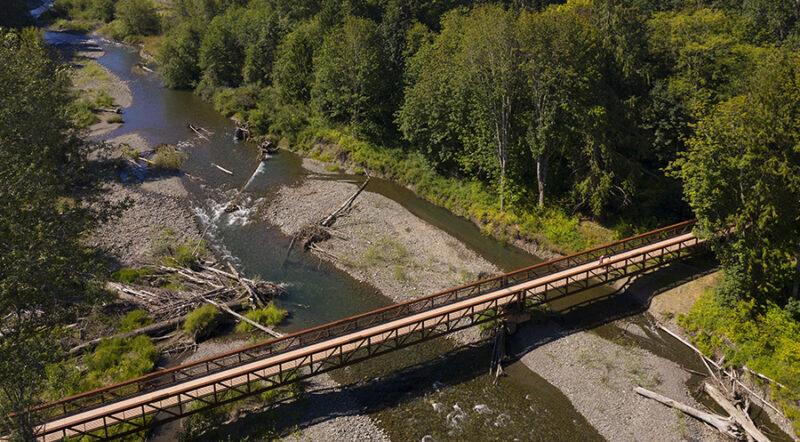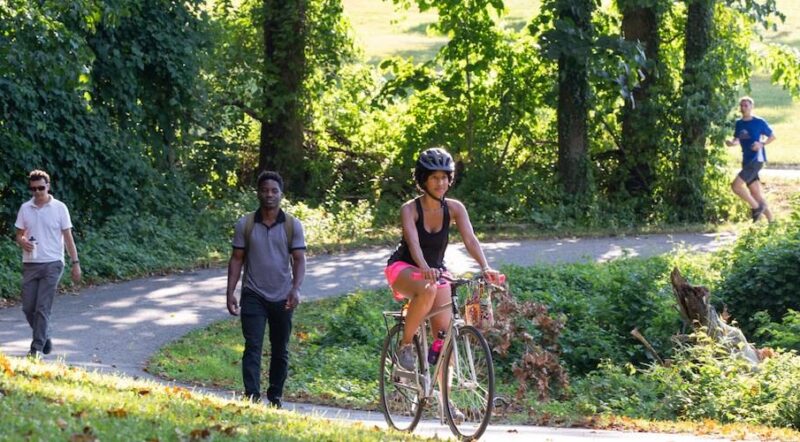Trail Moments | By Sight & Sound: Tips for Birding Beginners
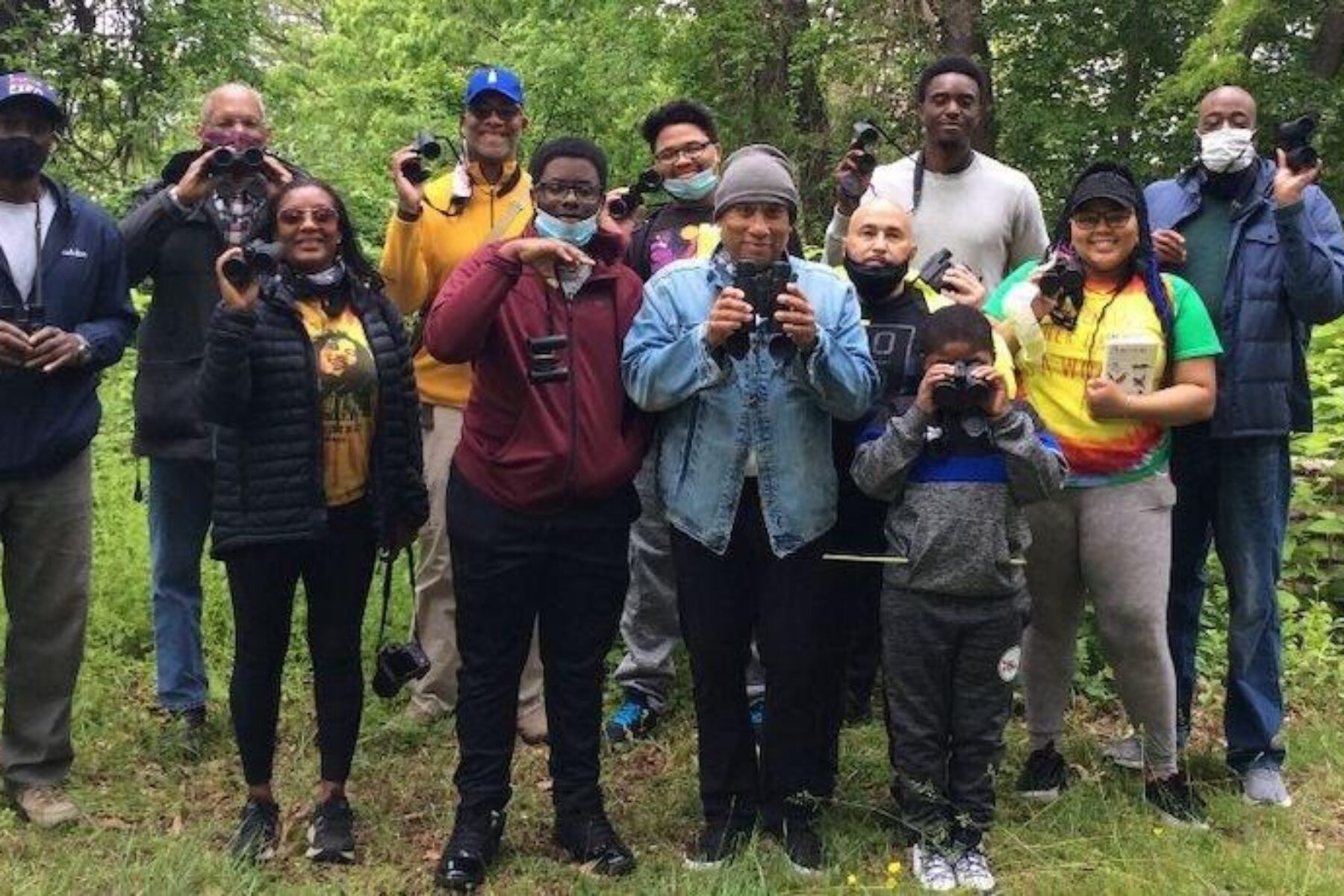
This article is part of Rails-to-Trails Conservancy’s Trail Moments initiative—to elevate new and tried-and-true trail voices around the country, and how trails impact the lives of Americans. Learn more at trailmoments.org and #TrailMoments on social media. Share your story, or view a collection of trail moments stories.
Birding is a wonderful avocation that I’ve had the privilege of enjoying for many years. Having gotten interested in birds by the time I was in the third grade (how remains a mystery), I was fortunate enough to have parents who embraced my interest even though they weren’t birders, and who then gave me a pair of 7×35-power binoculars. My parents also later found an experienced birder in our Philadelphia neighborhood who became my first birding mentor, and who not only answered my questions and took me on birding trips, but who also introduced me to our city’s largest birding club, the Delaware Valley Ornithological Club, which I subsequently joined and continue to be a member of today.
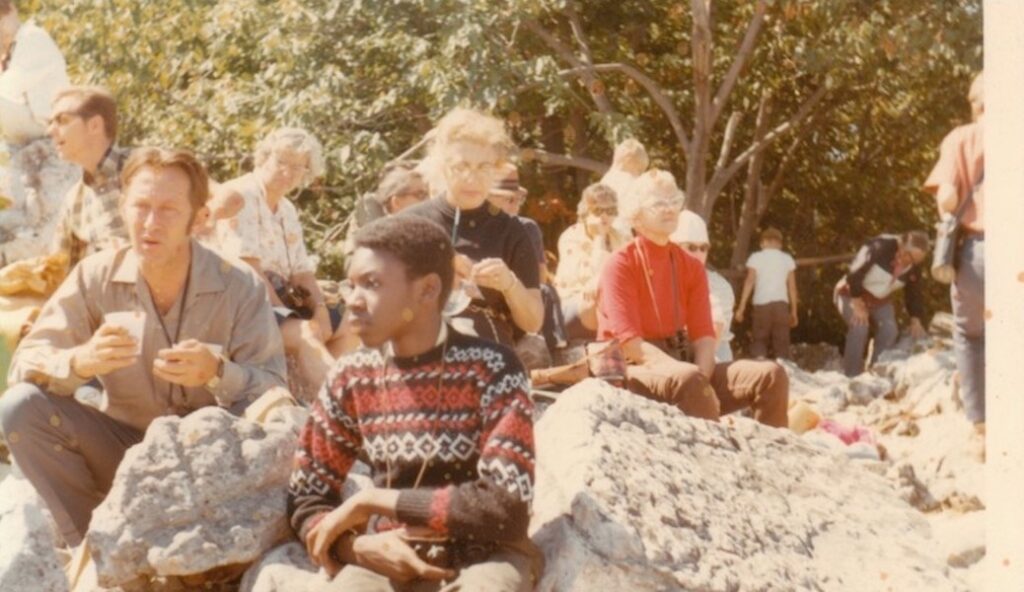
I love birding for many reasons. In addition to exposing us to the wonder and beauty of birds and the natural world, birding can help us become better listeners and observers, as well as more careful and detailed thinkers. It gives us opportunities to get exercise and breathe fresh air. And because the observation of birds is focused on the appreciation of nature, as opposed to our own works and achievements, it can draw us away from our differences and bring us closer together. Birding can also be done almost anywhere, at almost any time, and for little or no money, so it’s an avocation that’s accessible to anyone regardless of their income.
Related: Philly Birder Takes Fledgling Bird Enthusiasts Under His Wing
Optimizing Optics
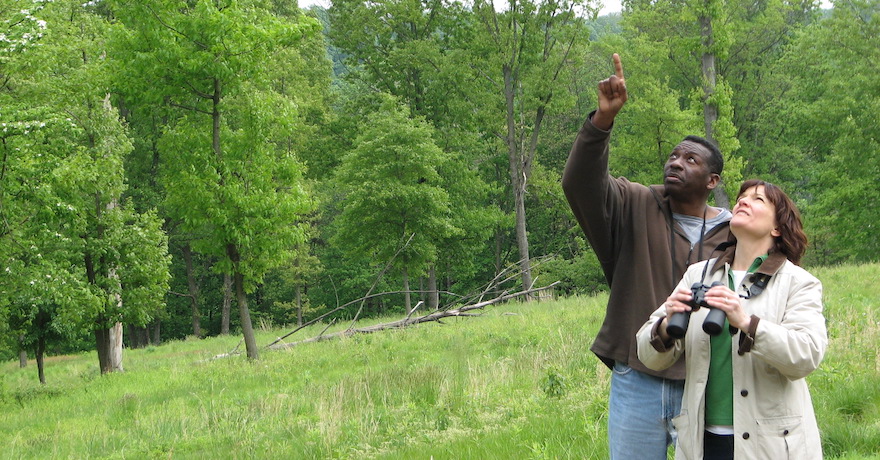
One doesn’t need binoculars to observe birds, but binoculars (and eventually a telescope) do expand the bounds of what one can identify considerably, and in the end, having optical equipment to see birds up close—and a way to learn how to identify them—are perhaps the two most important things needed to be a birder.
For beginners, “The Audubon Guide to Binoculars” offers a nice overview about how to choose and use binoculars. Basic high-quality binoculars and telescopes can now be purchased more affordably than in the past, but high-end equipment can still be worth the money spent if you can afford it. To begin, consider purchasing a modestly priced ($150) pair of binoculars and then trade up to a forever pair once you’ve had a chance to learn about and sample better equipment that others you encounter may be using. The same can be done for telescopes.
Most optical equipment can be purchased online—Optics4Birding is a good place to start with lots of equipment and accessories—but visiting a birding supply shop allows you to test various kinds of equipment before purchasing. I don’t recommend purchasing optical equipment for birding from hiking, camping and sporting goods stores, as you’ll get better choices from companies and websites that primarily or exclusively sell optical equipment for birding specifically. As you familiarize yourself with the equipment, you can then search individual manufacturer’s websites for even more options and read the reviews of their products.
Once you’re outfitted with optical equipment, the sky is the limit in terms of what you’ll be able to see and enjoy!
ID What You See
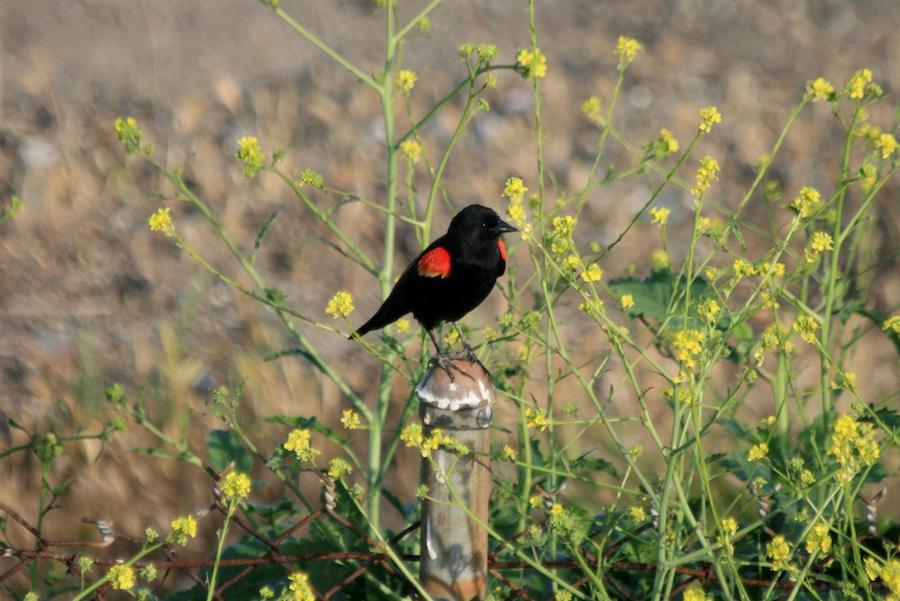
To identify birds, you must learn about the range of bird species in your region (diversity); how species are grouped into genera, families and orders (taxonomy); and the characteristics that distinguish one species from another. But there are so many books, magazines, websites, apps and courses from which one can learn that it can be hard to know where to start. Buteo Books is a helpful website where one can become familiar with the range of resources available for birding.
Many people make the mistake of trying to identify birds by simply matching the plumages and vocalizations of birds they encounter to information on a birding app. However, this can lead to errors, because a bird’s behavior and the time and place it’s observed must also be considered when making an identification.
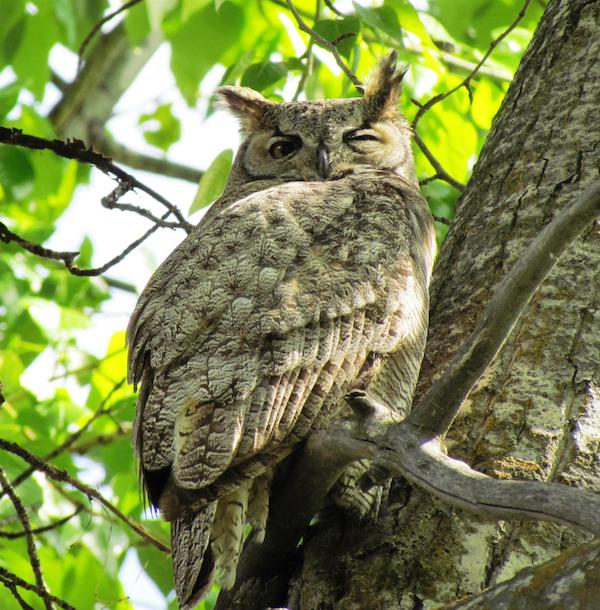
In the end, it’s best to acquire the knowledge needed to identify birds before you venture into the field and not try to learn while you’re actively birding. I recommend using a field guide to learn about bird identification. The most helpful field guides, in my opinion, are those that have illustrations of birds rather than photographs. While books may not seem cutting edge, they continue to provide the most useful method of learning about bird identification because of the diagrammatic ways they picture birds and the way they often illustrate many related species on a single page, facilitating our ability to understand how they differ in appearance.
Related: Nine Great Birding Rail-Trails to Crow About
Listen and Learn
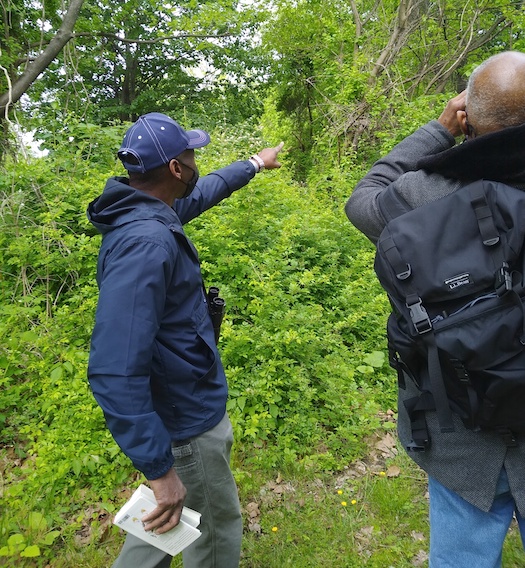
Learning how to identify birds by their songs and calls is also a key part of bird identification because we often hear birds that we’re not able to see. Fortunately, there are apps and websites where one can listen to the vocalizations of most North American birds and begin to learn them (the National Audubon Society’s website, for example). But this knowledge is best retained by hearing these vocalizations again in the field and then finding the bird vocalizing to verify its identity. And even though apps and websites may appear to have every bird vocalization imaginable—they don’t. Unusual and atypical vocalizations are often not represented, so one must always use these aids with care.
In addition to listening to recordings of bird vocalizations, you can also learn them by studying spectrograms, which are visual representations of bird sounds that are ‘read’ like one would read musical notation. Look for these in the Golden Field Guides from St. Martin’s Press.
It’s also important to know that individual birds will sometimes give vocalizations that sound exactly like those of other species—so that’s another reason to always try to get a look at the bird you’re hearing. You may be surprised at what you see!
Share Your Trail Moment
Have you recently discovered trails, or are you a long-time trail enthusiast? Either way, we hope you’ll share your “Trail Moments”—and the stories of how trails have impacted your life during COVID-19. Take the survey below, or share using #TrailMoments on social media.

Donate
Everyone deserves access to safe ways to walk, bike, and be active outdoors.


